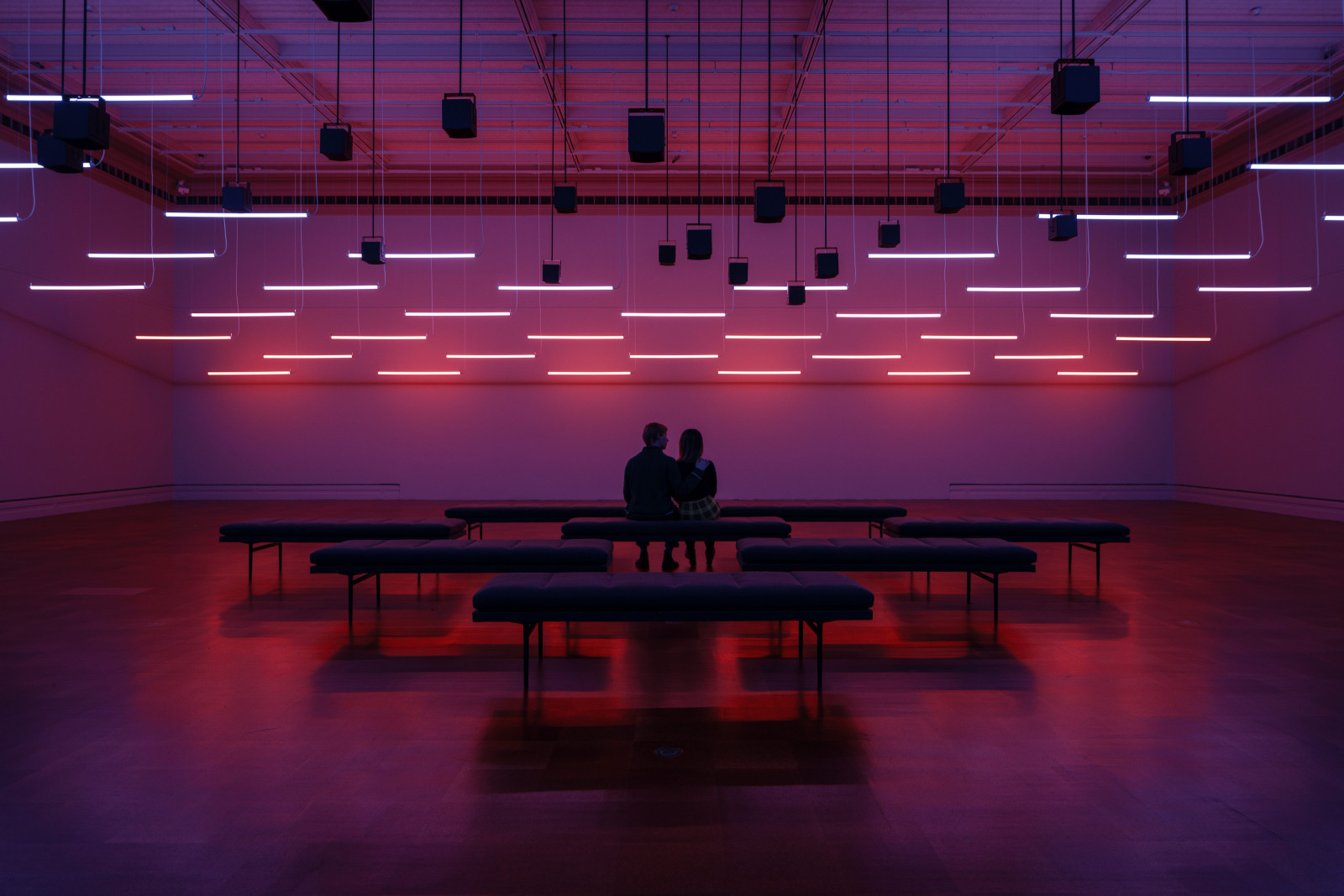Barber Shop
Barber Shop
Artist
Jacob Lawrence
(American, 1917-2000)
Date1946
DimensionsSheet: 21 1/8 × 29 3/8 in. (53.7 × 74.6 cm)
Frame: 28 × 36 1/2 × 2 1/8 in. (71.1 × 92.7 × 5.4 cm)
Frame: 28 × 36 1/2 × 2 1/8 in. (71.1 × 92.7 × 5.4 cm)
Mediumgouache
ClassificationDrawings
Credit LinePurchased with funds from the Libbey Endowment, Gift of Edward Drummond Libbey
Object number
1975.15
Not on View
Woodward, Bill, "Strides Toward Freedom," Kansas Alumni Magazine, vol. 90, no. 4, July/Aug. 1992, repr. p. 22 (col.).
Sayre, Henry M., A World of Art, Englewood Cliffs, 1994, p. 168, fig. 226, (col.).
Hahn, Beth, "Highlights from the Collection: Jacob Lawrence," Montage, vol. 2, no. 1, p. 22, repr.
Nesbett, Peter T., Jacob Lawrence: Paintings, Drawings and Murals (1935-1999): A Catalogue Raisonné, Seattle, 2000, no. P46-06, p. 91, repr. (col.).
Greenberg, Jan, ed., Heart to Heart: New Poems Inspired by Twentieth Century Art, New York, 2001, repr. p. 34 (col.).
Duncan, Sally Anne, Otto Wittmann: Museum Man for All Seasons, Toledo, 2001, p. 20.
Sayre, Henry M., A World of Art, 4th ed., Upper Saddle River, Prentice Hall, 2003, pp. 182-3, fig. 258 (col.).
"Jacob Lawrence," ARTaFACTS Magazine, vol. 6, no. 4, Feb//Mar. 2003, (col.) p. [4].
Reich, Paula, Toledo Museum of Art: Map and Guide, London, Scala, 2005, p. 53, repr. (col.)
Toledo Museum of Art, Toledo Museum of Art Masterworks, Toledo, 2009, p. 327, repr. (col.).
Reich, Paula, Toledo Museum of Art: Map and Guide, London, Scala, 2009, p. 53, repr. (col.)
Exhibition HistoryNew York, American Federation of Arts, Masters of American Watercolor, 1962, no. 22.New York, Whitney Museum of American Art, Jacob Lawrence, 1974, no. 95.
New York, Kennedy Galleries, 100 Artists Associated with the Art Students League of New York, 1975, repr. p. 151.
Boston, Museum of Fine Arts, Jubilee: Afro-American Artists on Afro-America, 1975, p. 42.
Seattle, Seattle Art Museum; Oakland, Oakland Museum; Atlanta, High Museum; Washington, D. C., Phillips Collection; et al. Jacob Lawrence, American Painter, 1986-87, no. 69, pp. 71-72, pl. 37 (col.).
Toledo, Toledo Museum of Art, Looks Good on Paper: Masterworks and Favorites, Oct. 10, 2014-Jan. 11, 2015.

Membership
Become a TMA member today
Support TMA
Help support the TMA mission














